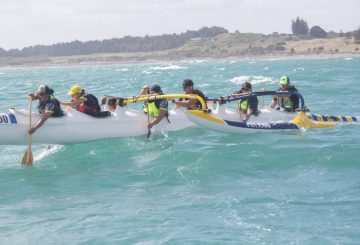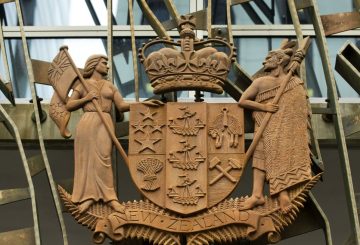Ang Pamahalaang New Zealand, na pinangunahan ng Ministro para sa Mga Isyu sa Kapansanan, si Hon Priyanca Radhakrishnan, ay naaprubahan ang isang karagdagang $73.7 milyon para sa susunod na apat na taon at isa pang $40.5m sa mga kasunod na taon. Nilalayon ng pagpopondo na ito na higit na baguhin ang sistema ng suporta sa kapansanan.
Sinabi ni Priyanca Radhakrishnan na ang Enabling Good Lives (EGL) na diskarte ay sentro sa pagdadala ng positibong pagbabago para sa mga may kapansanan, kanilang pamilya, at komunidad. Ang mga pondo ay dati nang itinakda bilang isang backup bago ang pagtatatag ng Waikaha, ang Ministry of Disabled People.
Binigyang diin ng Ministro ang dedikasyon ng Pamahalaan sa pagbabago ng balangkas ng suporta sa kapansanan. Ang layunin ay upang magbigay ng higit pang mga benepisyo sa mga taong may kapansanan, mga taong may kapansanan, at ang kanilang mga pamilya sa pamamagitan ng EGL paraan, nagtataguyod ng higit pang pagpapasiya sa sarili.
Ang mga karagdagang pondo ay magpapahusay sa mga hakbang sa proteksyon para sa mga may kapansanan, palawakin ang EGL sa iba pang mga lugar, pagbutihin ang umiiral na mga serbisyo ng suporta, at magtatayo ng mga pagkakataon sa pamumuno ng komunidad para sa mga taong may kapansanan.
Inulit ni Radhakrishnan ang kahalagahan ng pagbibigay ng mga taong may kapansanan sa mga pagpipilian at kontrol sa kanilang mga desisyon. Ang mga inisyatibo ng Gobyerno, kabilang ang pagtatatag ng Whaikaha noong 2022 at paggawa ng $863.6m sa 2023 Budget, ay nagpapakita ng kanilang pangako sa komunidad na may kapansanan.
Habang kinikilala ang positibong epekto ng pagpopondo na ito, kinikilala din ni Radhakrishnan ang pangangailangan para sa karagdagang mga pagpapabuti. Ang paglalaan ng mga pondong ito ay isang paglipat patungo sa isang pambansang pagbagay ng diskarte sa EGL at isang komprehensibong pagbabagong-anyo ng sistema ng kapansanan
.

















































-660x440.jpg)












